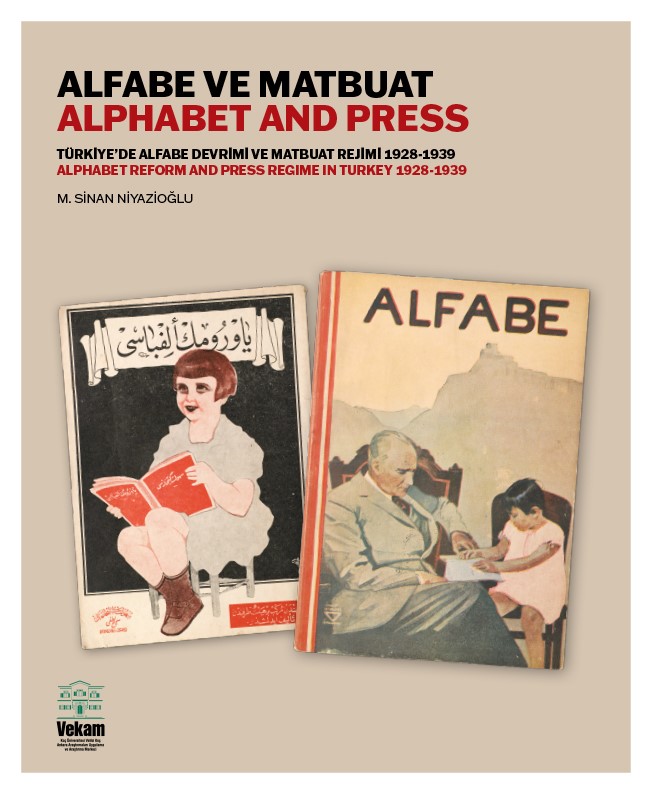
| Author: | Sinan Niyazioğlu |
| Language: | Türkçe, İngilizce |
| Publication House: | Koç Üniversitesi VEKAM |
| Place of Publication: | Ankara |
| Subject: | Kültür tarihi |
| Pub. Year: | 2021 |
| Pages: | 300 |
| Dimension: | 23 x 28 cm. |
| ISBN: | 978-605-9388-27-6 |
| Price: |
The alphabet reform which came into effect in Türkiye on November 1st, 1928, made reading and writing in Turkish easier compared to the system based on the Arabic script, and it also constituted the new face of Early Republic modernization, which defined its political rhetoric through a break from its Ottoman past. The National Schools (Millet Mektepleri) played a vital role in the campaign for teaching reading and writing with the new alphabet, while the press regime structured in 1934 under the direction of the General Directorate of the Press (Matbuat Umum Müdürlüğü) played a key role in the formation of a culture of national press in the country.
Just like its counterparts pursued in the 1930s in Europe, in the United States, and in the Soviet Union, the press regime that was in effect in Türkiye during the Early Republic period was an efficient cultural management policy, because it utilized centralized policies to shape official and private publishing that was under the control of political powers and because it got masses to adopt the ideology of modernization through publishing that reached rural areas. In the 1930s, the common goal of the press regimes of socialist, fascist, or liberal government systems, which played an active role in mass communication and education policies was the transformation of the official ideology of modernization into social culture.
Available from Yapı Kredi, D&R, İnkılap, Remzi and Dost bookstores; kitapyurdu.com; idefix.com; pandora.com.tr; babil.com; kırmızıkedi.com; eganba.com; kidega.com; odakitap.com
